Hair Mineral Test - Sample Collection Protocol
Proper collection of the hair sample is extremely important. Collection should be done under professional supervision, or by someone trained in proper collection procedures within a clean environment.
Sample Type:
Scalp hair is the best source recommended for analysis. Pubic and armpit should only be used as a last resort if scalp hair is not available.
Note: Pubic and armpit is only recommended for confirmation of elevated toxic metals and/or to rule out external contamination of the scalp hair.
If other body hair is not available, nails may be used.
Preparation:
The hair to be collected should be untreated, i.e. not permed, dyed or bleached for at least 1 month before sampling. If the hair has been chemically treated, wait until sufficient new virgin growth has emerged to allow collection.
Location:
Each collected sample should be taken in small portions from at least four to five different locations of the scalp. The recommended areas for collection are the nape of the neck, posterior vertex and posterior temporal regions.
Sample Length:
High grade stainless steel scissors or thinning shears should be used to cut the hair as close to the scalp as possible. The length of the collected hair should not exceed two inches. The proximal portion (two inches closest to the root) should be retained and the excess discarded.
Note: The proximal portion is reflective of the most recent metabolic activity.
Weight:
The weight requested for a hair specimen is 0.25 Gram.
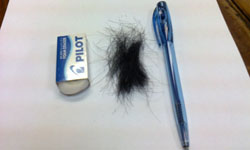
Use of the Mineralysis Hair Weight Scale Cards will insure the collection of sufficient sample weight or by electronic balance.
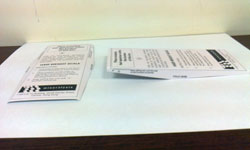
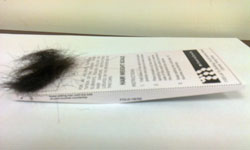
Packaging:
Upon cutting the sample, the hair should be placed directly into a clean hair specimen envelope and then sealed with the glue flap only.
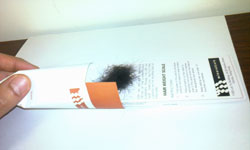
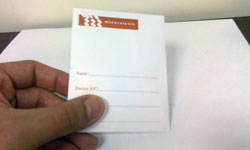
Do not use plastic bags in place of the standard paper envelopes to hold the hair specimen. In addition, do not use staples, paper clips, adhesive tape, aluminum foil or other metal and paper material of any kind to seal, secure or wrap the hair envelope and/or the hair specimen contained within.

